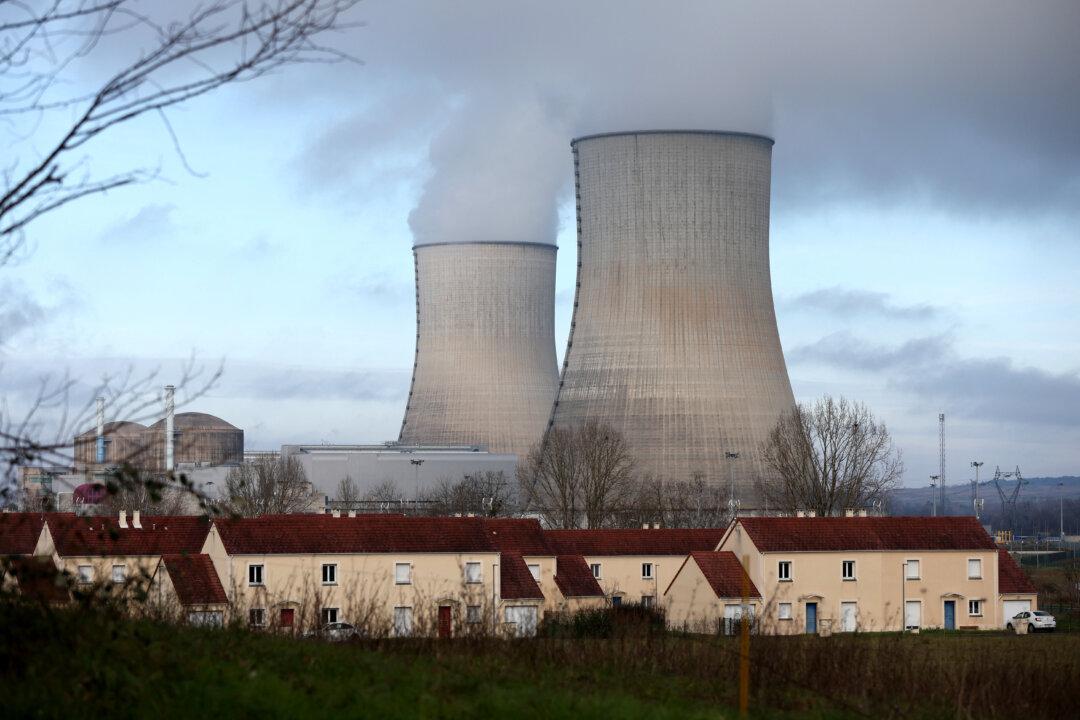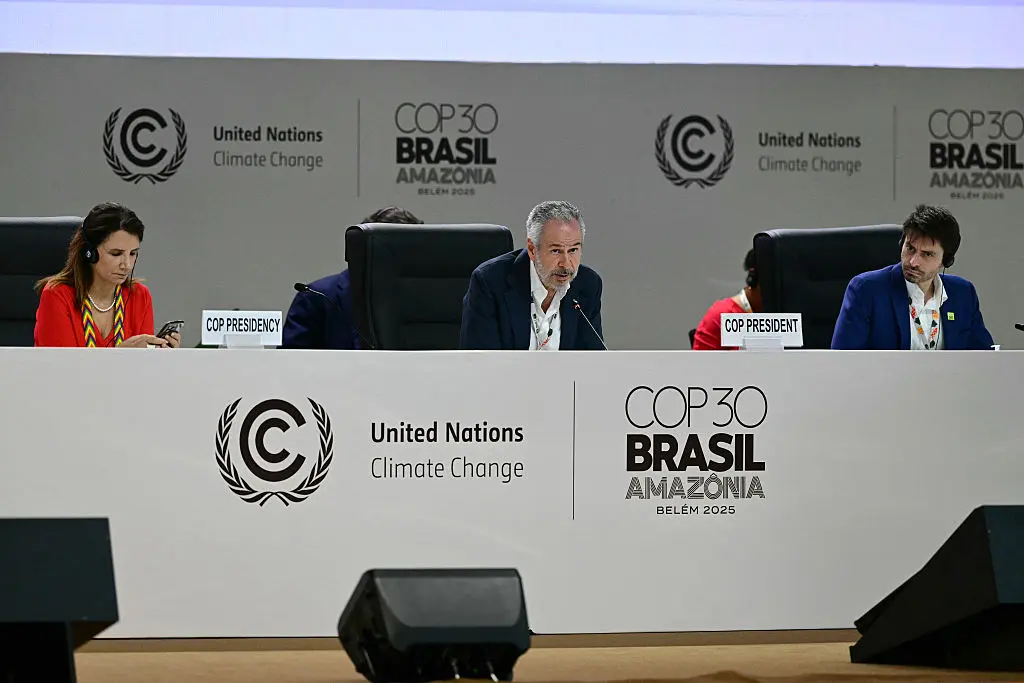Children living around a nuclear power plant have higher risks of contracting leukemia, an Australian parliamentary committee has been told.
During a recent inquiry hearing on nuclear power generation, a group of doctors who support climate action raised concerns about the health risks of ionizing radiation released from the operation of nuclear power plants.





